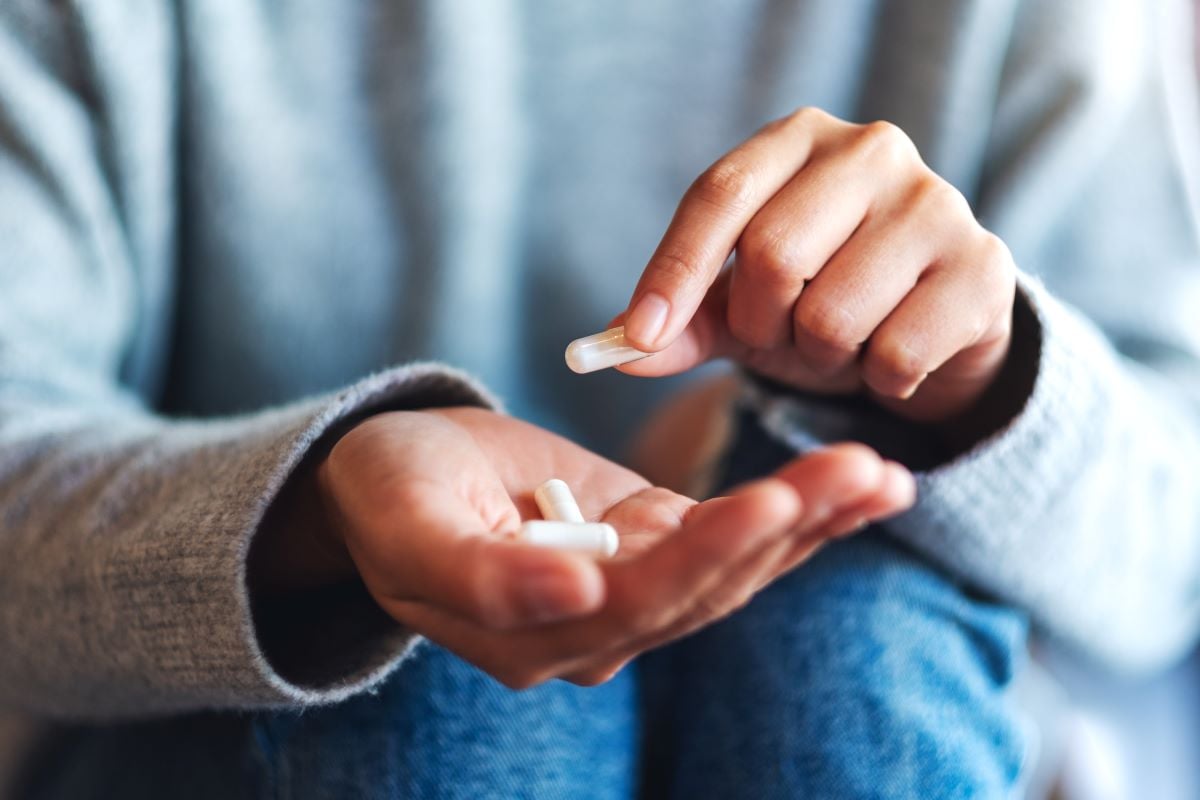Increase seen in prevalence of teens who reported that it would probably be impossible to obtain prescription meds for nonmedical use
By Elana Gotkine HealthDay Reporter
THURSDAY, July 25, 2024 (HealthDay News) — U.S adolescents reported declines in medical use and nonmedical use (NMU) of prescription stimulants, opioids, and benzodiazepines from 2009 to 2022, according to a research letter published online July 24 in the Journal of the American Medical Association.
Sean Esteban McCabe, Ph.D., from the University of Michigan School of Nursing in Ann Arbor, and colleagues examined trends in medical use, NMU, diversion sources, and perceived procurement difficulty of prescription medications for NMU among U.S. adolescents using data from the Monitoring the Future self-administered survey for 2009 to 2022. Data were included for 29,220 adolescents (51.84 percent female).
The researchers found that reported lifetime medical use decreased significantly between 2009 and 2022 (23.66 to 16.00 percent) as did past-year NMU (11.49 to 2.38 percent). Significant declines were seen in trends in two diversion sources from 2009-2010 to 2021-2022: from 57.96 to 26.87 percent for those reporting being given prescription medications from a friend and from 44.35 to 19.42 percent for those reported buying medications from a friend. The most prevalent diversion source in 2021 to 2022 was one’s own prescription among adolescents reporting NMU (37.37 percent). There was a decrease in the prevalence of adolescents reporting multiple diversion sources (from 56.27 to 29.33 percent). An increase was seen in the prevalence of adolescents who reported that it would probably be impossible for them to obtain prescription medications for NMU, from 35.56 to 48.96 percent.
“Efforts to further reduce NMU and diversion are needed, particularly given the role of counterfeit pills in the adolescent overdose crisis,” the authors write.
Copyright © 2024 HealthDay. All rights reserved.








